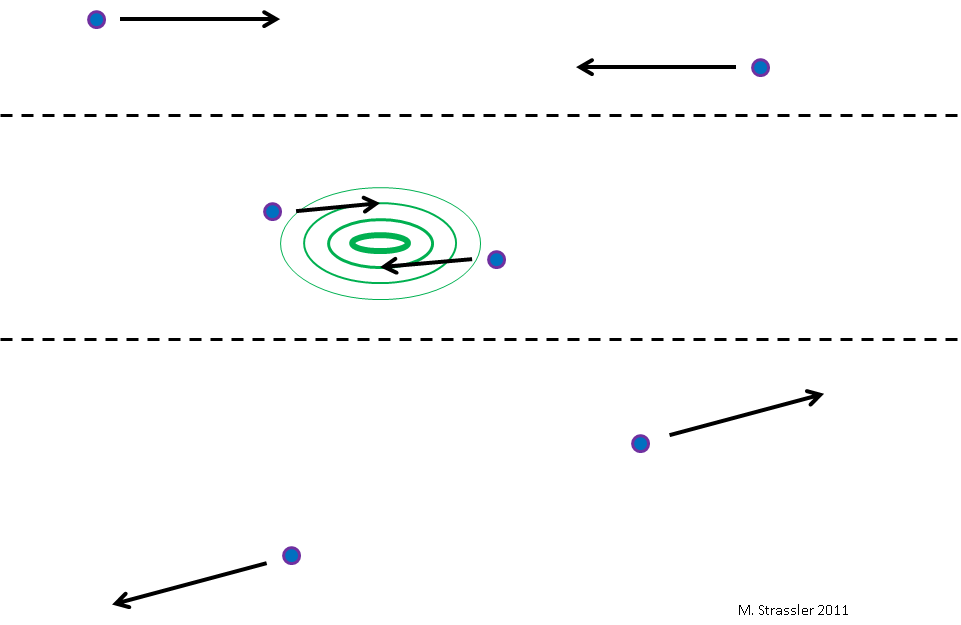I’m a layperson when it comes to physics, and I’ve always been a bit confused about what virtual particles actually are, especially since the terminology is often downright misleading – “virtual particles in and out of existence”, other particles “exchanging virtual particles” etc. This blog post by theoretical physicist Matt Strassler was really helpful in explaining the concept (as far as it can be explained without going elbow deep into math, I guess)
The language physicists use in describing this is the following: “The electron can turn into a virtual photon and a virtual electron, which then turn back into a real electron.” And they draw a Feynman diagram that looks like Figure 4. But what they really mean is what I have just described in the previous paragraph. The Feynman diagram is actually a calculational tool, not a picture of the physical phenomenon; if you want to calculate how big this effect is, you take that diagram , translate it into a mathematical expression according to Feynman’s rules, set to work for a little while with some paper and pen, and soon obtain the answer.
The emphasized part of this paragraph is such a good point. The way we talk about Feynman diagrams makes many students and working physicists think of them as representations of the actual physical process that is happening in QFT. In reality they are just graphical tools for representing the calculation of a power series (either formal or asymptotic).
This is a good explanation. Fields are really the fundamental object in QED (quantum electrodynamics) and QCD (quantum chromodynamics), the best theories we have for the electromagnetic and strong forces respectively. In fact, that entire branch of physics is usually called QFT (quantum field theory) to reflect that.



